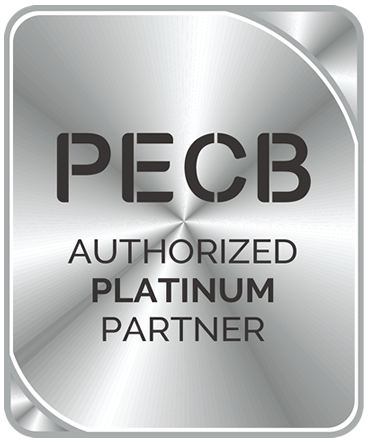ISO/IEC 27701: 2019 vs 2025 – What You Need to Know
What You Need to Know About the New Version of the International Privacy Management Standard
In general, ISO standards are revised every five years to stay aligned with technological, regulatory, and market developments. Certified organizations are then given a transition period, usually three years, to comply with the new version. As always, early adoption is encouraged. The ISO/IEC 27701 standard, which defines a Privacy Information Management System (PIMS), is no exception and is currently undergoing a major revision that will profoundly transform its positioning and certification opportunities.
Since its publication on August 6, 2019, ISO/IEC 27701 has established itself as an international reference framework for implementing a privacy management system. It complemented ISO/IEC 27001 by adding a specific dimension for personal data protection. However, this dependency significantly limited its adoption: until now, ISO/IEC 27701 certification was only available to organizations already certified to ISO/IEC 27001.
The 2025 revision, expected in October 2025, radically changes this landscape. ISO/IEC 27701 will become a standalone standard, allowing companies and institutions to certify directly without first obtaining ISO/IEC 27001. This evolution opens the door to new actors – SMEs, startups, healthcare providers, fintechs, e-commerce platforms, and AI-driven companies – who can now demonstrate their privacy compliance without waiting for a fully mature Information Security Management System (ISMS).
Beyond this autonomy, ISO/IEC 27701:2025 aligns with ISO/IEC 27001:2022 and ISO/IEC 27002:2022, integrating modernized controls covering cybersecurity, cloud computing, and artificial intelligence. It also adopts a truly global approach by incorporating emerging international privacy regulations: GDPR in Europe, CCPA/CPRA in the United States, LGPD in Brazil, as well as personal data protection laws across Africa and Asia. Its scope now extends to biometric data, health data, and Internet of Things (IoT) information, while strengthening requirements for consent, transparency in automated processing, and traceability of cross-border data transfers.
Another significant change lies in the simplification and refocusing of controls. The reliance on the Statement of Applicability from ISO/IEC 27001 is removed, making implementation more accessible. Furthermore, 52 controls not directly related to privacy are eliminated, while the 2025 updated ISO/IEC 27701 introduces approximately 31 controls for PII Controllers, 18 controls for
PII Processors, and 29 shared controls applicable to both roles. This reorganization simplifies implementation and strengthens alignment with global privacy requirements such as GDPR. This evolution allows organizations to focus on what truly matters: compliance with privacy requirements.
Governance now occupies a central role. Executive responsibilities are explicitly strengthened, and the standard encourages integrating privacy management into overall organizational risk governance. Reporting obligations, supplier and subcontractor management, and control mechanisms become stricter, facilitating compliance during audits and engagement with regulatory authorities.
Finally, ISO/IEC 27701:2025 is not only limited to organizations. It also opens the door to professional certification, allowing privacy experts, consultants, Data Protection Officers (DPOs), and compliance managers to showcase their individual expertise through formal recognition of their mastery of the standard.
In conclusion, ISO/IEC 27701:2025 marks a true revolution. From a simple extension of ISO/IEC 27001, the standard evolves into a standalone, universal, and strategic framework for privacy governance. More than a compliance tool, it becomes a lever for competitiveness and trust. The question is no longer whether to prepare for it, but when to begin this essential transition.


